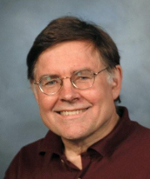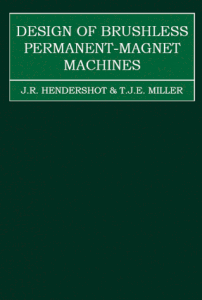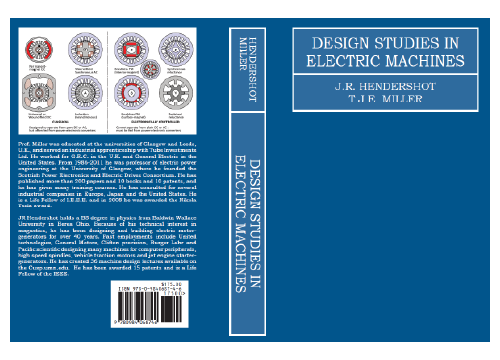An engineer’s diary
-
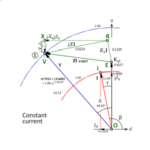
[No. 25] Constructing and reading the flux-weakening phasor diagram
This article concerns the permanent-magnet brushless AC motor. We’re going to review the phasor diagram, which has been the basis of AC motor theory for about 120 years. We will c…
-
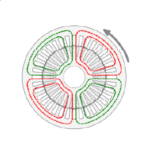
[No. 37] Some essential features of the induction motor – 2
In Column 36 we studied the cross-section of an induction motor with 36 slots, 30 rotor bars, and a 4-pole distributed winding. Just by looking at the features of the winding, we …
-

[No. 30] Rotational EMF
In electrical machine theory we often hear the term rotational EMF. What exactly does it mean?“EMF” means “electro-motive force”. In electrical machine theory it is a voltage indu…
-
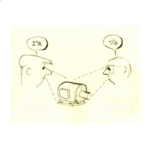
[No. 28] Notional equations in engineering
On the telephone recently my 8-year-old grandson asked if I knew the equation E = mc^2. When I said I’d heard of it, he proceeded to explain: E is energy, m is mass, and c is the …
-
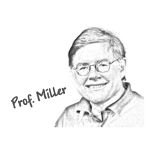
[No. 22] What can we do when we can’t go to work?
Many engineers are at home because of the pandemic, unable to go to work. Although many can work “from home” by internet links, it’s not the same.
-
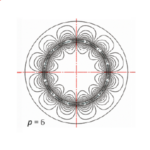
[No. 19] The number of poles in a rotary electrical machine
The figure shows the some of the effects of pole-number on the magnetic field in a rotary electrical machine. It is a highly idealised figure: the winding is a current-sheet in th…
-

[No. 5] Formulas and Equations
What’s the difference between a formula and an equation? Take the examples,
-
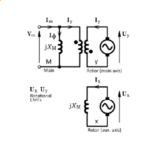
[No. 23] The complexity of the single-phase induction motor in your refrigerator
The single-phase induction motor is one of the most common electric motors. For many years the annual production levels world-wide have been 100,000,000 in round numbers. You can …
-
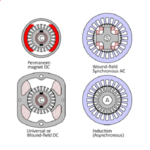
[No. 17] Classification of electric machines
The diagram shows most of the electric machines in common use, together with the two reluctance machines which are rare but interesting. Classification is much more than an acade…
-
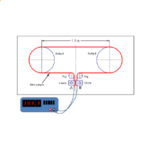
[No. 10] RW
All electric machines use wire — usually of copper, but sometimes of aluminium. The electrical resistance R determines the I2Rloss (Joule loss) in each winding when the RMS curre…
-
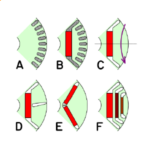
[No. 12] The IPM
The IPM or interior permanent-magnet motor started its history as a line-start motor in the 1950s. At that time Alnico magnets were the best available, but their low coercivity me…
-
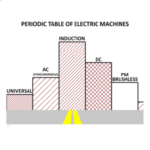
[No. 6] The Periodic Table of Electric Machines
When the archaeologists dig us up in 5,000 years’ time, they will find a large number of electric motors and generators. Who knows if they will understand what they find? They w…
-
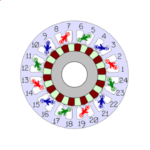
[No. 14] Synthesis of AC motor windings
How should we synthesize a suitable winding layout for an AC brushless PM motor? While the properties of existing windings can easily be analysed using a spreadsheet program, it …
-
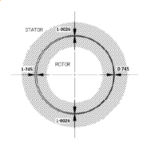
[No. 7] Peripheral, marginal, second-order, inexact . . . and IMPORTANT!
The finite-element method is very rarely exactly correct. Now surely that is an outrageous thing to say on the JMAG website! But what do we mean by exactly? The finite-element met…
-

[No. 58] Maxwell
Almost exactly 10 years ago I made a ‘pilgrimage’ to visit the grave of James Clerk Maxwell at Parton Kirk in Dumfries and Galloway in the south-west of Scotland.
-
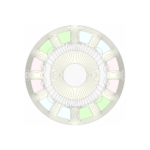
[No. 47] Harmonic poles again — this time produced by the stator!
In Engineer’s Diary No. 46 we discussed the harmonic poles of a 2-pole rotary machine. ‘Harmonic poles’ refers to the space-harmonics of the flux distribution around the air-gap. …

